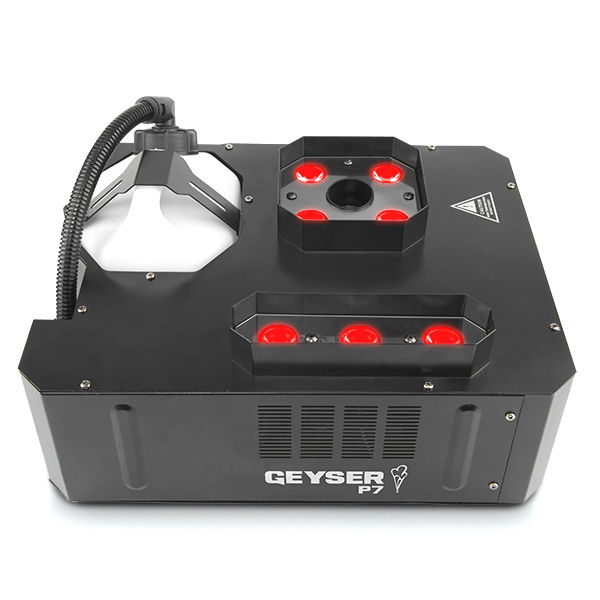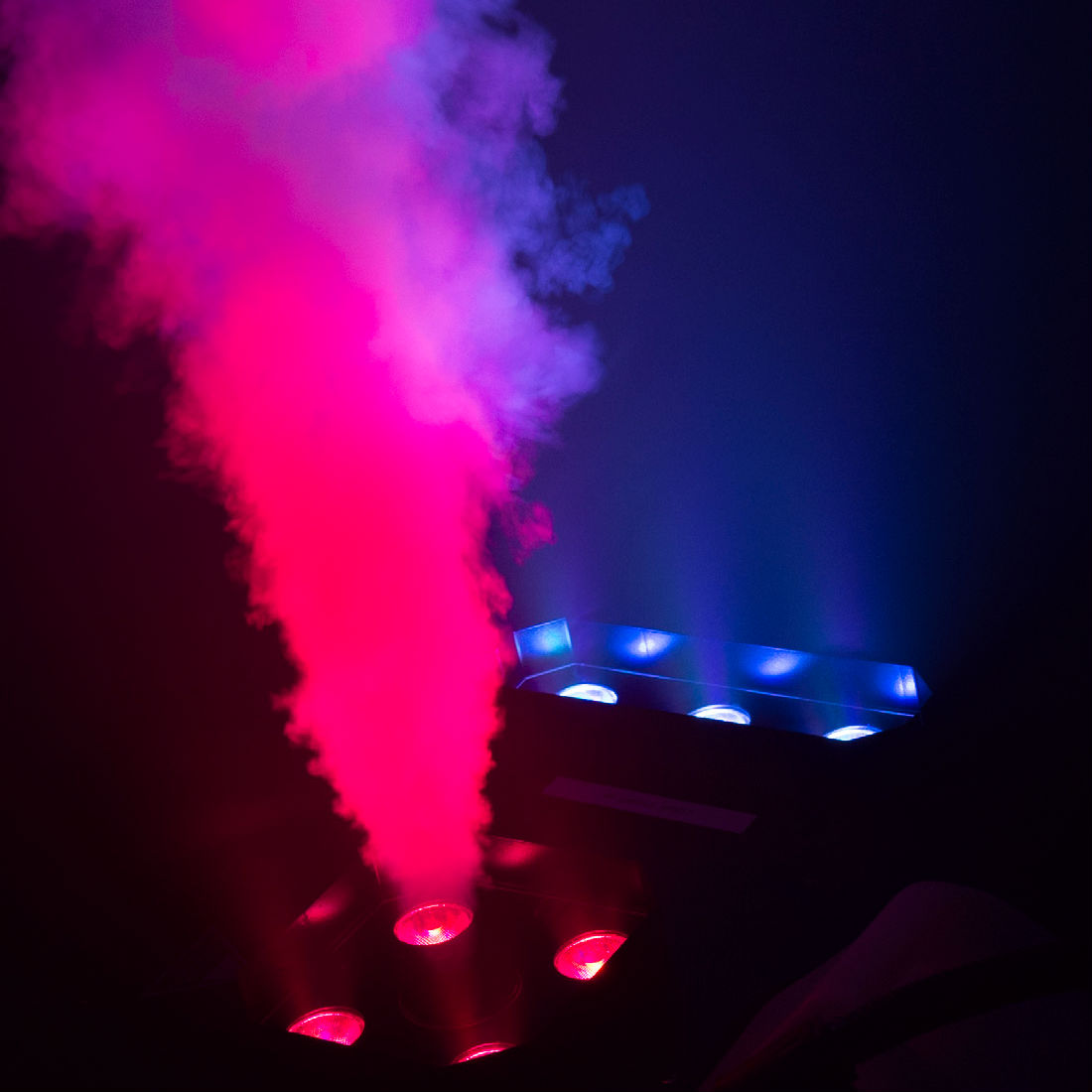Helpful Haunting Hints: Part 2
As we rush towards Halloween, I know that a lot of you are still planning and constructing your own home haunts. Whether you're decorating for an upcoming costume party, or just hoping to scare the socks off some trick-or-treaters, we're here to help! Last week I discussed using a fogger as part of your home display. This week I'd like to look at another common effect that can be found in every haunted attraction, amateur or professional - the strobelight.
Now, strobe effects have been around for decades, and some critics feel that they've become cliché. I myself have railed against the overuse of strobe lights; I think they're a crutch that designers use when they're not sure that a scene has enough "zing." But that doesn't mean I believe the strobe light is no longer a good choice for theatre, dance or Halloween displays.
What's needed are some new tricks for this old dog, some original applications that allow you to get more use out of your strobe without boring your audience with "more of the same." So I've talked with some professionals in the haunt world and done some thinking on my own to come up with some ideas that you might use in your display this year.
First, remember that one of the most important factors in good lighting (and real estate) is location! When a strobe is used to light a scene, it's usually placed on the ground pointing up at the action. This makes sense because it's the position that puts the most of the strobe's light onto the subject. But what if you mounted the strobe so that it was directly above, or even pointed away from the subject?
Lighting the scene from directly above will still create the classic "slo-mo" effect, but will put less light on your performers - an easy way to hide less-than-perfect makeup or costumes. Pointing the strobe away from the scene will put even less light on the scene, and could be useful for misdirection. Multiple strobes run through a chase unit will help keep your audience frightened and unsure of where to look next.
There is another easy way to reduce the amount of light that a strobe throws on a scene, and that's gel. Lighting gel comes in a huge range of colors, and comes in sheets that can be cut to fit almost any fixture. A piece of red gel on your strobe will not only cut its light output by half (or more) but will also turn its normally stark white light into an eerie red. And while you're coloring your strobe, why not add a snow machine?
Operators of haunted attractions have been using theatrical snow machines for a few years now. The latest devices are very reliable, easy to operate, and create a great-looking effect. Almost as soon as snow machines came into use in haunts, designers started lighting the snow with strobes. The combination of the "stop-motion" effect that a strobelight creates and the constantly shifting pattern of the snow as it falls makes for a very disorienting experience. When you light the snow with a red strobe, however, you take the effect to the next level; it creates the illusion of being caught in a shower of blood.
Happy haunting!
*********************************************
Theatre Effects Customer Service Department
service@theatrefx.com
www.theatrefx.com
Theatre Effects, 1810 Airport Exchange Blvd. #400, Erlanger, KY 41018
Phone: 1-800-791-7646 or 513-772-7646 Fax: 513-772-3579









